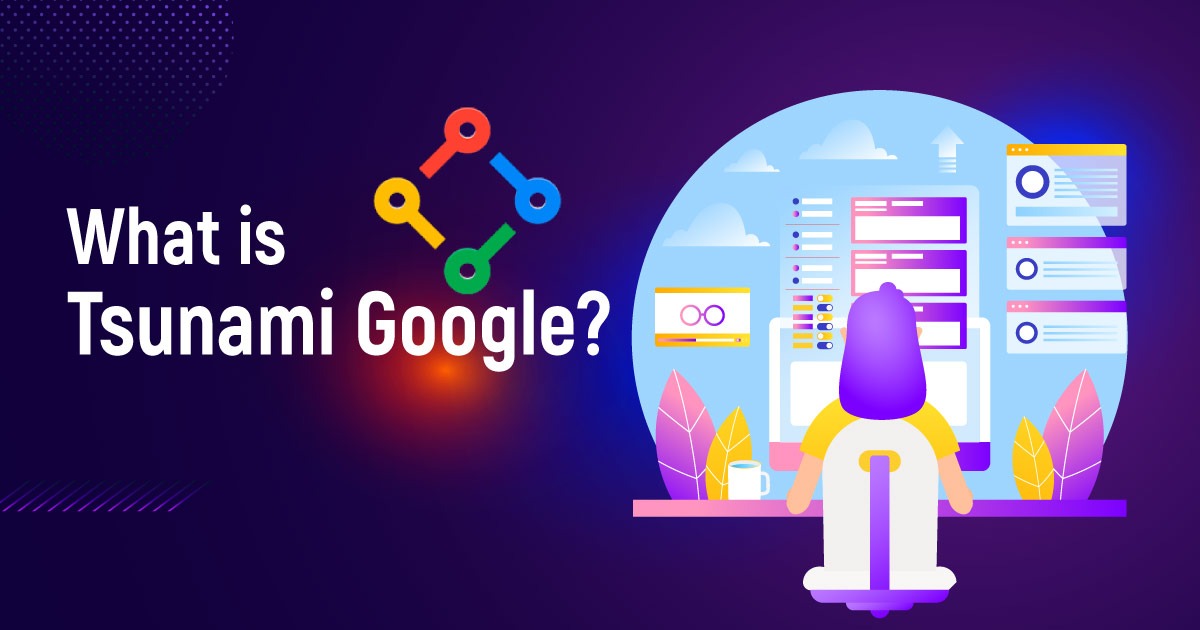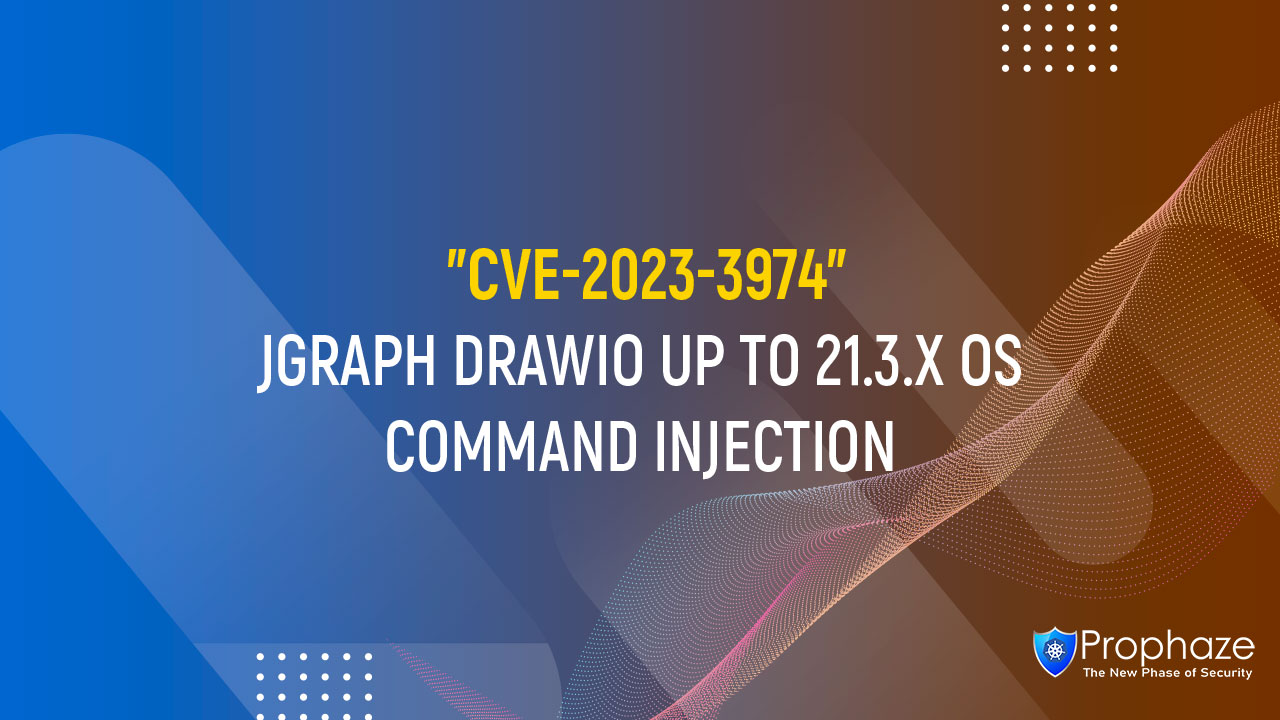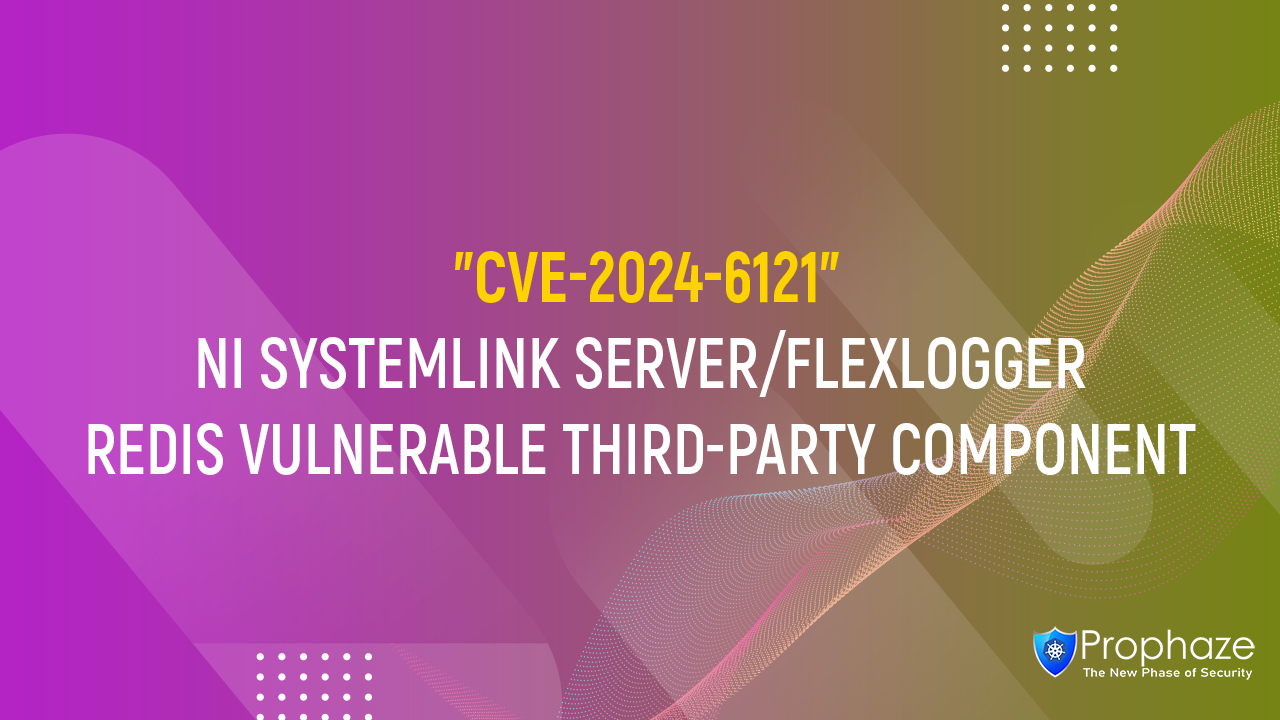Tsunami is an open-source cybersecurity framework developed by Google. It enables security professionals to conduct large-scale, high-fidelity network security assessments, including penetration testing, vulnerability scanning, and security posture analysis.
Tsunami is designed to provide comprehensive and realistic assessments of network environments. It offers a wide range of features, including vulnerability detection, exploit execution, traffic generation, and customizable scanning and testing options. It supports various protocols and can emulate a vast number of attack scenarios, making it a versatile tool for security practitioners.
What are the use cases of Tsunami?
Penetration Testing:
Tsunami enables security teams to perform penetration testing exercises to identify vulnerabilities and potential entry points in network infrastructures. By simulating real-world attack scenarios, organizations can uncover weaknesses and proactively address them before malicious actors exploit them.
Vulnerability Scanning:
With its extensive vulnerability detection capabilities, Tsunami allows organizations to scan their network assets for known vulnerabilities. By leveraging a comprehensive vulnerability database, it helps identify security flaws and prioritize remediation efforts, reducing the attack surface and improving overall security posture.
Security Posture Assessment:
Tsunami facilitates security posture assessments by emulating sophisticated attack techniques against network systems and applications. By evaluating the effectiveness of existing security controls and detecting any gaps or weaknesses, organizations can enhance their defenses and proactively mitigate potential threats.
Impact of Tsunami on Network Defenses
Enhanced Threat Awareness:
By utilizing Tsunami’s advanced scanning and testing capabilities, organizations gain a deeper understanding of their network’s vulnerabilities and potential attack vectors. This heightened threat awareness allows security teams to prioritize remediation efforts and allocate resources effectively to protect critical assets.
Proactive Risk Mitigation:
Tsunami enables organizations to take a proactive approach to risk mitigation. By identifying and addressing vulnerabilities before they are exploited, organizations can reduce the likelihood of successful cyberattacks, minimize potential damage, and safeguard their sensitive data and systems.
Strengthened Incident Response:
By simulating real-world attack scenarios, Tsunami assists organizations in refining their incident response capabilities. It allows security teams to test and validate their response plans, assess the effectiveness of detection and mitigation measures, and improve their incident handling procedures.
Best practices to follow to get the best out of Tsunami

Proper Planning and Scoping:
Before utilizing Tsunami, it is essential to establish clear objectives, define the scope of the assessment, and obtain proper authorization. This ensures that testing activities align with organizational goals and adhere to legal and ethical boundaries.
Collaboration and Knowledge Sharing:
Tsunami’s effectiveness can be maximized through collaboration and knowledge sharing among security professionals. Engaging in discussions, sharing experiences, and contributing to the open-source community helps improve the tool’s capabilities and promotes the collective advancement of cybersecurity.
Continuous Learning and Adaptation:
Given the dynamic nature of cybersecurity threats, it is crucial to stay updated with the latest vulnerabilities, attack techniques, and security best practices. Regularly updating Tsunami and incorporating new threat intelligence ensures that assessments remain relevant and effective in combating emerging risks.
Conclusion
Tsunami has emerged as a valuable asset in the arsenal of cybersecurity professionals, providing powerful capabilities to assess and enhance network defenses. By leveraging Tsunami’s features, organizations can proactively identify vulnerabilities, strengthen their security posture, and better protect their assets from malicious actors. By following best practices, collaborating with the security community, and staying abreast of evolving threats, security teams can harness the power of Tsunami to create resilient and secure network environments.









